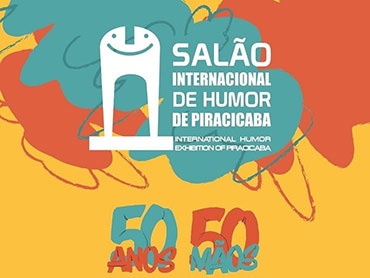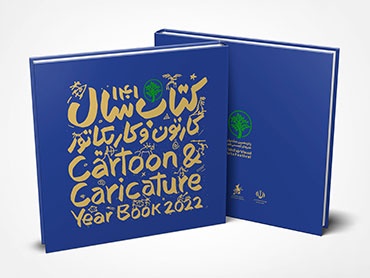
Sebastião Salgado, Greatest Brazilian Photographer, Dies at 81
Photographer Sebastião Salgado died today (23) at the age of 81 in Paris. The information was confirmed by Instituto Terra, a non-governmental organization founded by the photographer.
"Sebastião was much more than one of the greatest photographers of our time. Alongside his life partner, Lélia Deluiz Wanick Salgado, he sowed hope where there was devastation and made the idea that environmental restoration is also a profound gesture of love for humanity flourish. His lens revealed the world and its contradictions; his life, the power of transformative action", says the text.
Legacy and photojournalism
Author of several photo essays, books and traveling photo exhibitions, his work was marked by black and white images of landscapes, animals and people of the places he visited, on several continents, for decades.
In addition to the beauty of nature, the aesthetics of light and shadow portrayed the culture and traditions of indigenous peoples; marginalized populations; human dignity; the pain and resilience of people; working conditions; and the mass displacement of people due to poverty, repression, or war.
Biography
Sebastião Ribeiro Salgado Júnior was born in the village of Conceição do Capim, a district of the municipality of Aimoré (MG), in the Vale do Rio Doce, in 1944. However, he had been living in Paris (FR) since the end of the 1960s. In 1969, after the military regime became more severe, he and his wife, Lélia Wanick Salgado, decided to leave Brazil and go into exile in France.

According to the Brasil Memória das Artes portal of the National Arts Foundation (Funarte), before becoming a contemporary photographer, he obtained a master's degree in economics from the University of São Paulo in 1968 and received his doctorate from the Université de Paris in 1971.
Sebastião Salgado worked as secretary of the International Coffee Organization in London between 1971 and 1973, before returning to Paris and starting to photograph professionally for the Sygma agency in 1974.
The following year, he transferred to the Gamma agency, where he began documenting the living conditions of Latin American peasants and indigenous people. This work would make him world famous.
In 1979, he left Gamma for the Magnum agency, which he eventually chaired and where he remained until 1994. In the same year, he created Amazonas Imagens with his wife.
Awards
Among the international awards, Sebastião Salgado was awarded the Eugene Smith Award (USA) in 1982.
He also won the World Press Award (Holland, 1985), the Oscar Barnack Award (Germany, 1985 and 1992), the Erna and Victor Hasselblad Award (Sweden, 1989), and the Photojournalism Award from the International Center of Photography (USA, 1990).
He has also received several other honors, including being a special representative of UNICEF and an honorary member of the Academy of Arts and Sciences of the United States.
He is the author of the books Sahel: L’Homme en détresse (1986); Autres Amériques (1986); An Uncertain Grace (1990); Sebastião Salgado: As Melhores Fotos (1992); In Human Effort (1993); Workers (1993); La main de l’Homme (1993); Terra (1997); Serra Pelada (1999); Outras Américas (1999); Êxodos (2000); O Fim da Polio (2003); O Cradle da Desigualdade (2005) and África (2007).
The film O Sal da Terra follows the famous photographer and records some of his travels.
In August 2023, the Workers exhibition exhibited 150 photographs by Sebastião Salgado.
In April 2023, 15 paintings produced by the Brazilian photographer, valued at almost R$1 million, were reincorporated into the assets of the National Foundation for Indigenous Peoples (FUNAI).
Source
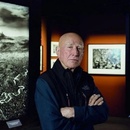
Sebastião Salgado
Sebastião Salgado was born on February 8, 1944, in Aimorés, Minas Gerais, Brazil. Originally trained as an economist, he earne ...
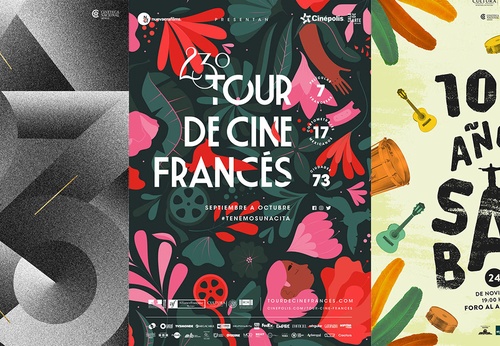
- November 27, 2025
Gallery of Poster Design by Jorge Mares – Mexico
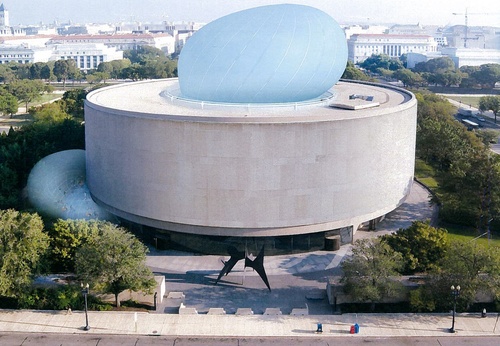
- November 27, 2025
New Curatorial Discourses in Latin America
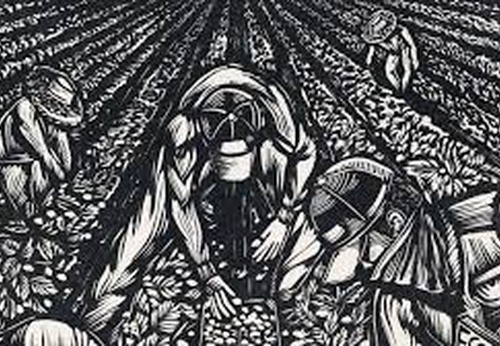
- November 27, 2025
Printmaking and its Tradition in Mexico and Chile
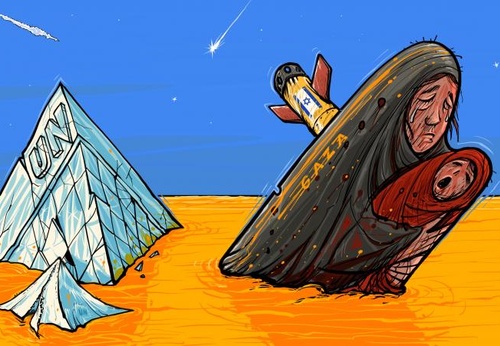
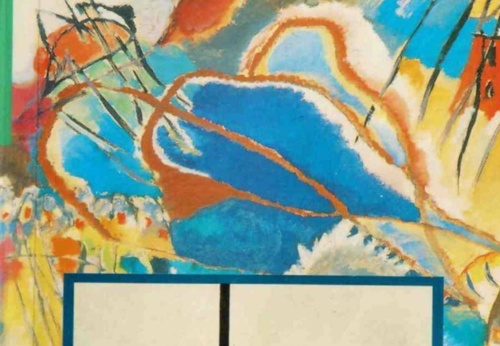

- November 27, 2025
Javier Muñoz - Argentina

- November 27, 2025
Cristóbal Herrera-Ulashkevich | Cuban-Born Photographer
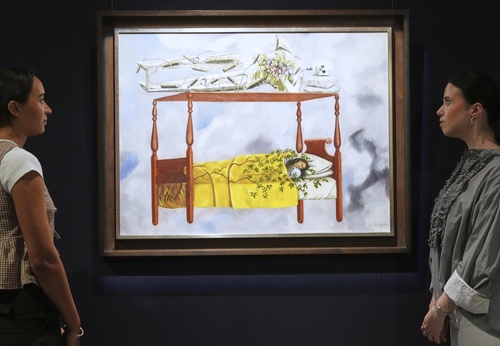
- November 26, 2025
Frida Kahlo Breaks World Auction Record

- November 26, 2025
El Dorado | Painting Exhibition by Enriquestuardo Alvarez from Ecuador

- November 26, 2025
Frida Kahlo Breaks World Auction Record

- November 23, 2025
Latin American Abstract Painting: From …

- November 23, 2025
Pinta Miami Celebrates 19 Years of Lati…

- November 23, 2025
Upcoming Kahlo auction could fetch up t…

- November 20, 2025
An auction in Bogotá

- November 20, 2025
Klimt Breaks Record at Sotheby’s

- November 19, 2025
Pinta Miami celebrates its 19th edition…

- November 18, 2025
Artists and galleries from Brazil and L…

- November 17, 2025
"Painting in Mexico Today Is More Alive…

- November 17, 2025
Paris Photo Exhibits Iconic Collection …

- November 16, 2025
Art Exhibition in Bogotá

- November 15, 2025
Frida Kahlo's 'The Dream (The Bed)' Exp…

- November 12, 2025
Brescia, an exhibition of works by the …

- November 12, 2025
Uruguayan Artist Joaquín Torres García …

- November 11, 2025
Painting in Mexico Today Is More Alive …

- November 11, 2025
Oaxacan School Dominates Latin American…

- November 10, 2025
Artweek 2025 Celebrates a Decade of Art…

- November 10, 2025
Pop Brasil Arrives at Malba with Over 1…

- November 10, 2025
Adriana Cisneros Pays Tribute to Latin …

- November 10, 2025
Mira Art Fair 2025

- October 08, 2023
Illustrations reflect the brutal Israel…

- December 25, 2023
The jury statement of the Iran-Brazil F…

- July 29, 2023
History of Caricature in Brazil

- March 21, 2024
The history of art in Palestine

- September 01, 2023
Neural Filters in new photoshop 2023

- May 22, 2025
Brady Izquierdo’s Personal Exhibition O…

- April 20, 2024
Poignant Image of Grief Wins Mohammed S…

- June 29, 2024
Exhibition at Centro MariAntonia contra…

- October 21, 2023
Erick Meyenberg and Tania Ragasol at th…

- February 18, 2024
7 Ways to Understand What Visual Arts A…

- May 15, 2024
Eleven murals for Gaza painted across t…

- August 09, 2023
Venezuela mural expresses solidarity wi…

- March 30, 2024
illustration websites in Latin America

- March 14, 2024
museum of statue of van gogh

- March 15, 2024
museum of sculpture of Salvador Dali

- May 20, 2024
Latin American Festival of Performing A…

- May 25, 2025
Bordalo II to hold exhibition in Paris …

- October 23, 2023
Photos by José Luis Díaz of the march o…

- January 12, 2025
The Ralli Museum in Punta del Este

- May 27, 2025
Works by Botero, Grau, and 80 other imp…

- May 15, 2024
Eleven murals for Gaza painted across t…

- February 18, 2024
7 Ways to Understand What Visual Arts A…

- January 02, 2025
13 commemorations that will mark the cu…

- October 17, 2023
The influence of Latin American artists…

- February 03, 2024
THE HISTORY OF NAIF ART

- October 08, 2023
Illustrations reflect the brutal Israel…

- July 02, 2024
One of the largest urban art galleries …

- November 17, 2023
Fernando Botero's work is booming after…

- July 29, 2023
Piracicaba International Humor Exhibiti…

- November 06, 2023
Heba Zagout: Palestinian artist murdere…

- December 25, 2023
The jury statement of the Iran-Brazil F…

- December 10, 2023
Sliman Mansour and Palestinian art on t…

- February 01, 2025
A maior exposição de Botero em Barcelona

- March 14, 2024
museum of statue of van gogh

- March 21, 2024
The history of art in Palestine

- July 20, 2024
First International Mail Art Biennial 2…

- April 20, 2024
Poignant Image of Grief Wins Mohammed S…

- October 30, 2023
Palestinian turns images of the Gaza co…

- September 01, 2023
Neural Filters in new photoshop 2023

- February 08, 2024

